Why we ran it: To find out if the class-leading Ford Puma crossover is as good to live with as it is to drive
Month 6 - Month 5 - Month 4 - Month 3 - Month 2 - Month 1 - Prices and specs

Life with a Ford Puma: Month 6
Did this altogether different Puma earn its name? We call time on the mini-SUV - 31 March 2021
Looking back now, it’s almost laughable how Ford’s decision to bring the lauded Puma name back for a compact crossover seemed so controversial. “A sporty small SUV indeed. As if such a thing was remotely possible,” wrote one of the Autocar website’s commenters. How could a jacked-up supermini possibly compare to the fun little 1990s coupé?
Well, after almost 9000 miles behind the wheel of one, I think the nomenclature makes perfect sense. The old Puma was Fiesta-based, funky to look at and agile to drive. The new one is all of those things, too.
It proved it could live up to its predecessor’s reputation as a dynamic and fun little machine to first custodian James Attwood on a trip to Aston Martin’s new St Athan factory, attacking Welsh country roads with gusto and in a manner more becoming of a hatchback than an SUV. After I had the chance to find out for myself on a job in the Wye Valley, I had to agree: the Puma is comfortably among the best-handling cars in its class.
Yet it also manages to be calm and composed on longer journeys, perfectly practical and impressively economical. As a high-mileage driver, those factors were at the front of my mind when I was handed the keys.
The ‘Hybrid’ badge on the boot gave me some initial confidence, and although a colleague quickly pointed out Ford had neglected to include the all-important ‘mild’ bit, the Puma’s turbo petrol engine wasn’t incredibly thirsty. It hardly blew me away, either, and how much you get out of the system seems very dependent on your driving style, so anyone expecting significantly longer gaps between trips to the petrol pump may be disappointed. The low-end torque fill and off-throttle coasting do work smoothly in the background, though, nudging up the dashboard’s MPG display without interfering with the sensations you’d expect from a conventional petrol-only set-up.
There was also more than enough power for all the driving I do, with sufficient punch to provide a thrill on quiet country roads without constantly toggling between drive modes – although Sport really does sharpen the driving experience. Perhaps my aversion to Eco mode also saved me from the lurchy stop/ start driving that second custodian Felix Page mentioned, when the regenerative deceleration function becomes quite aggressive.

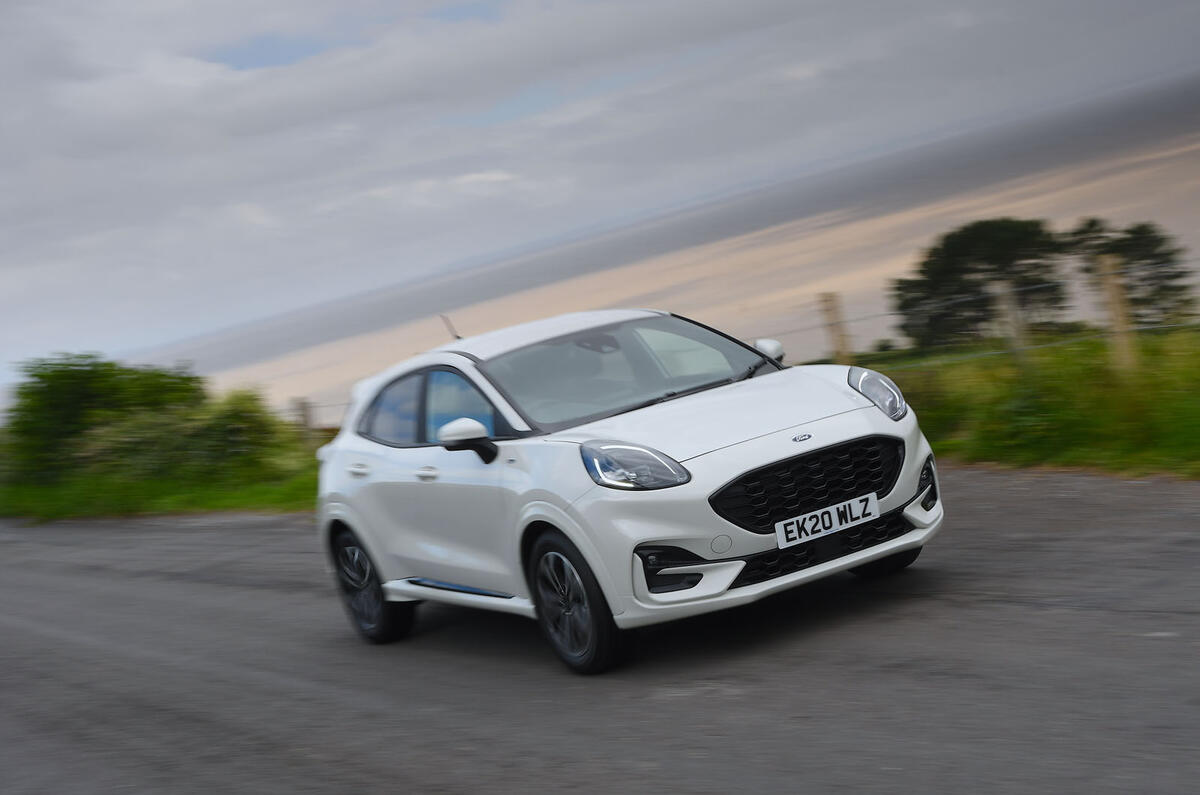
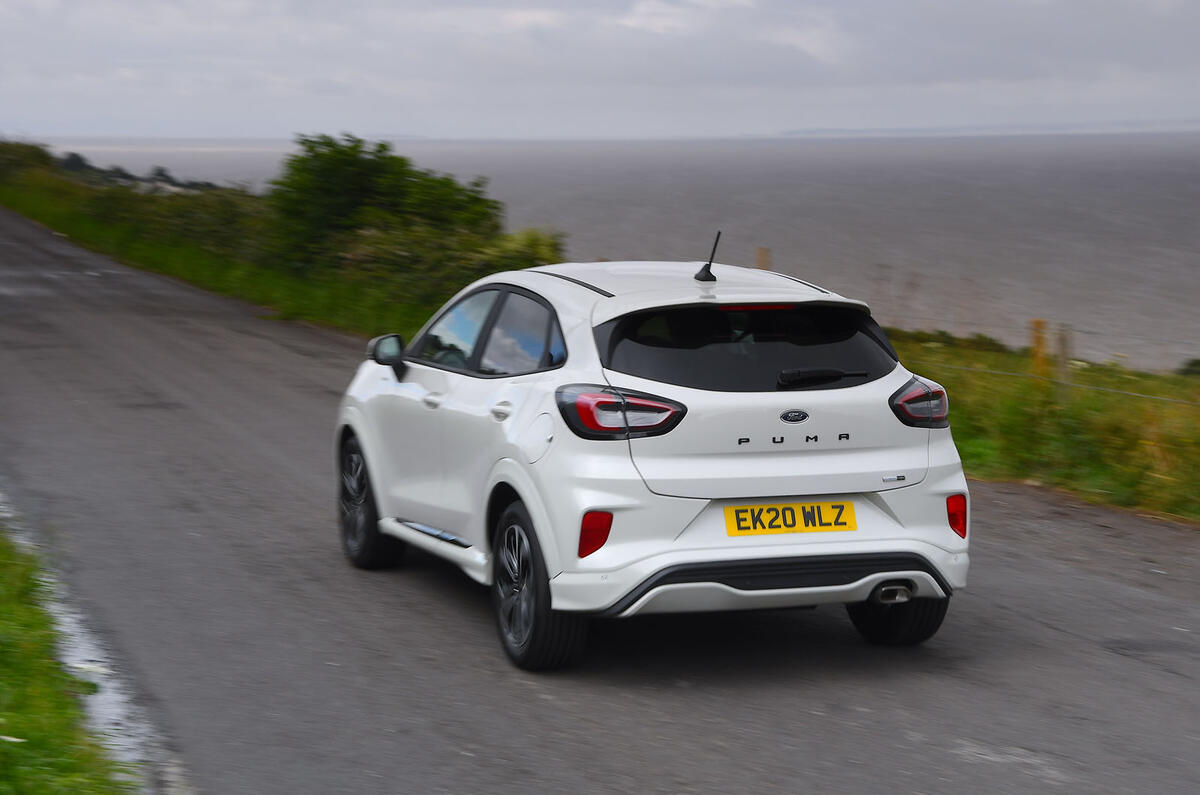
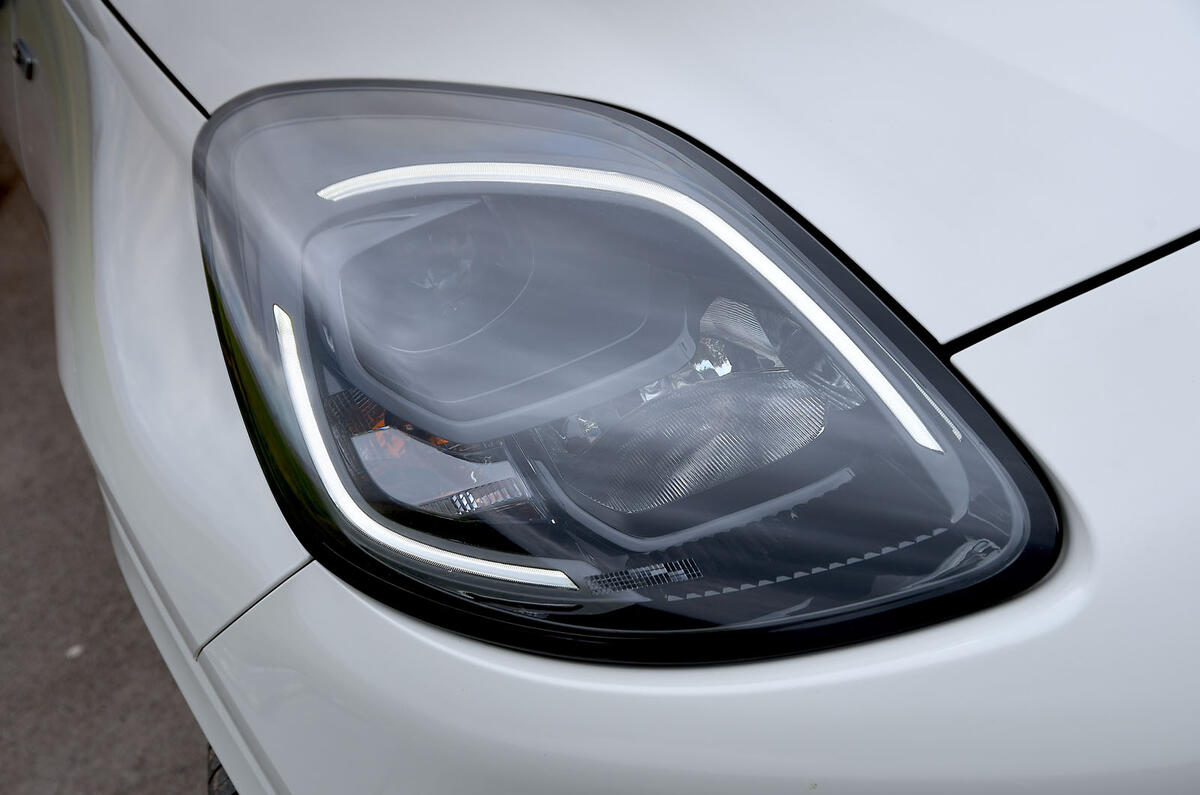
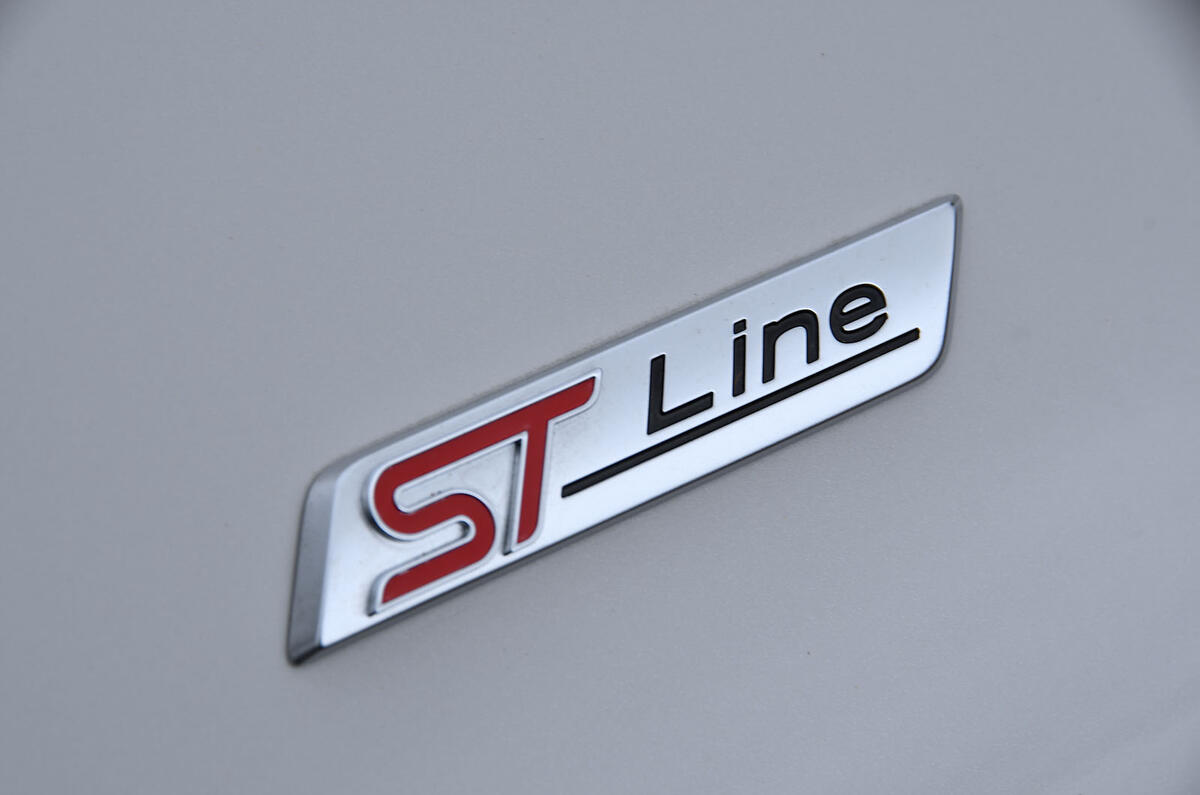
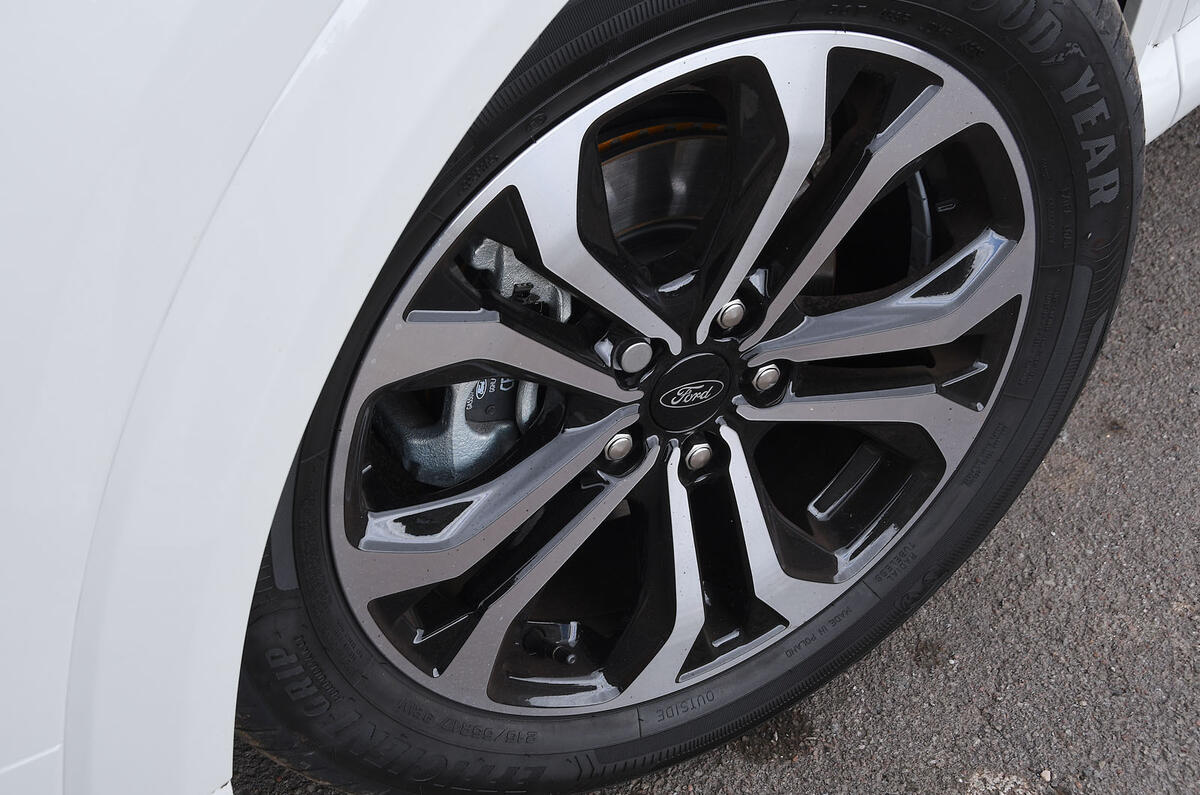
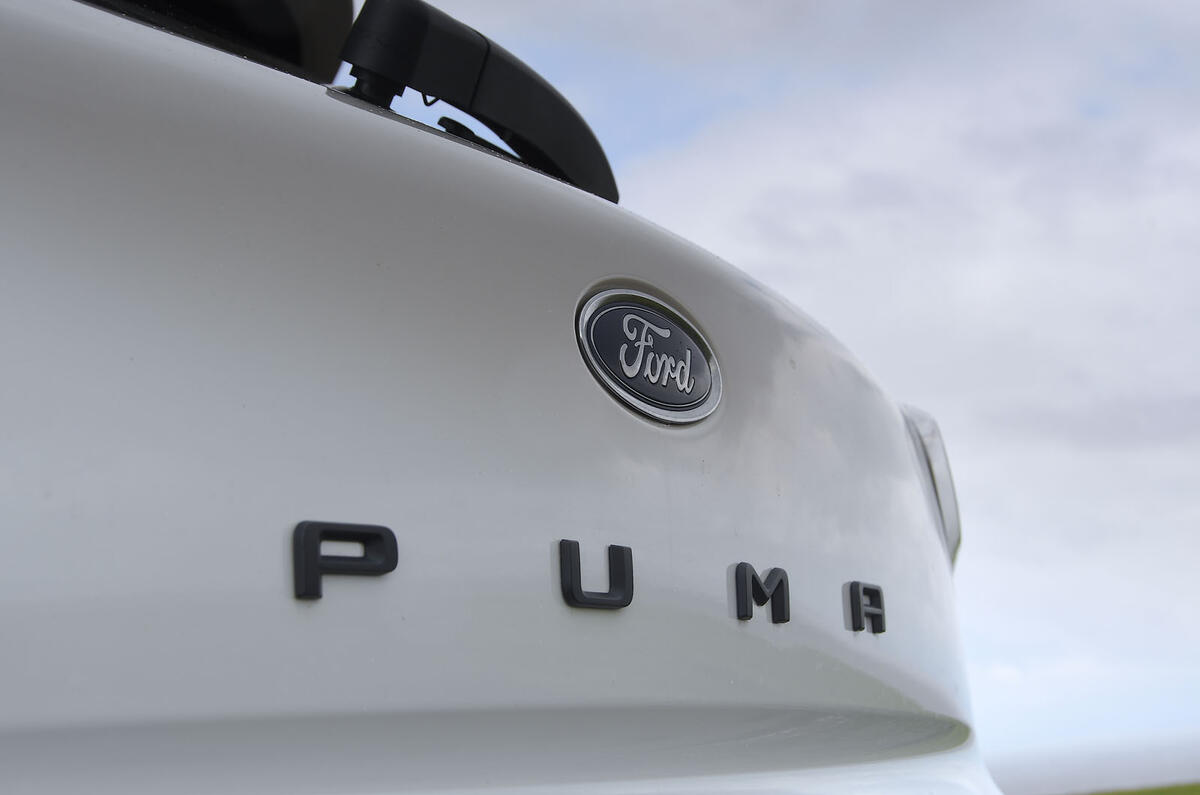
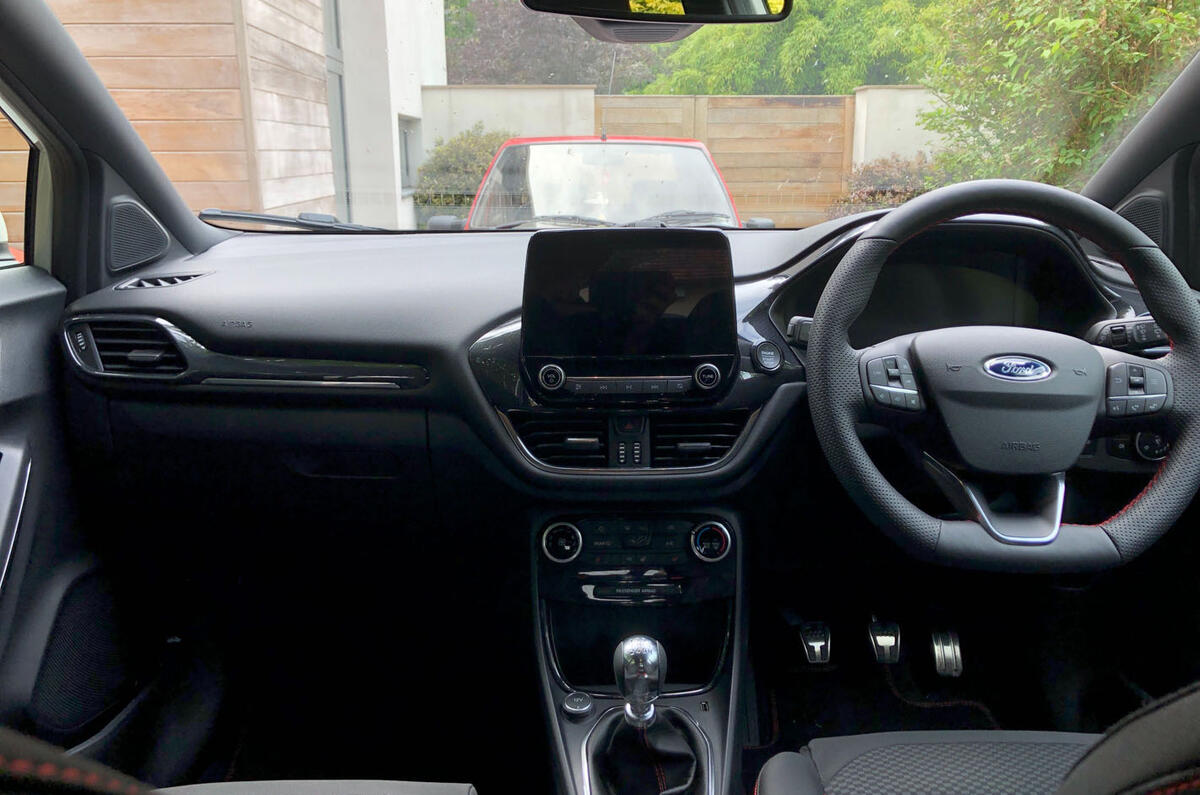
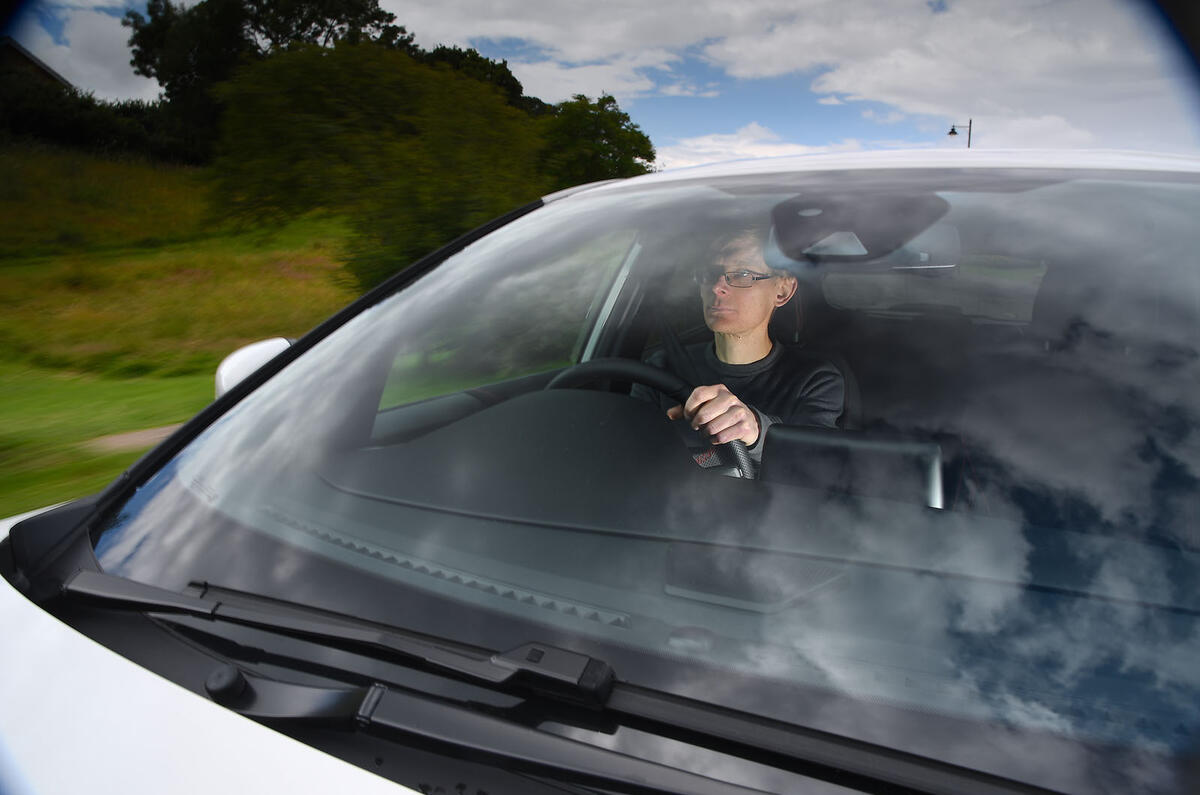
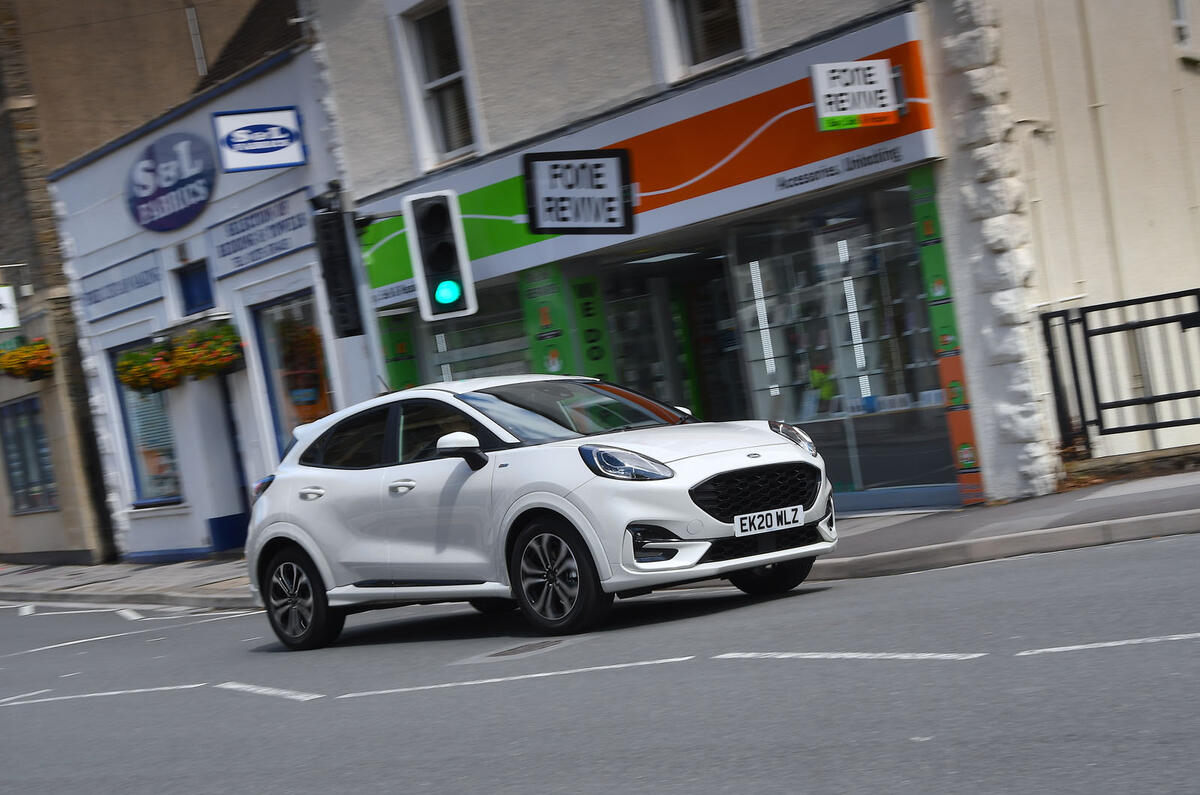

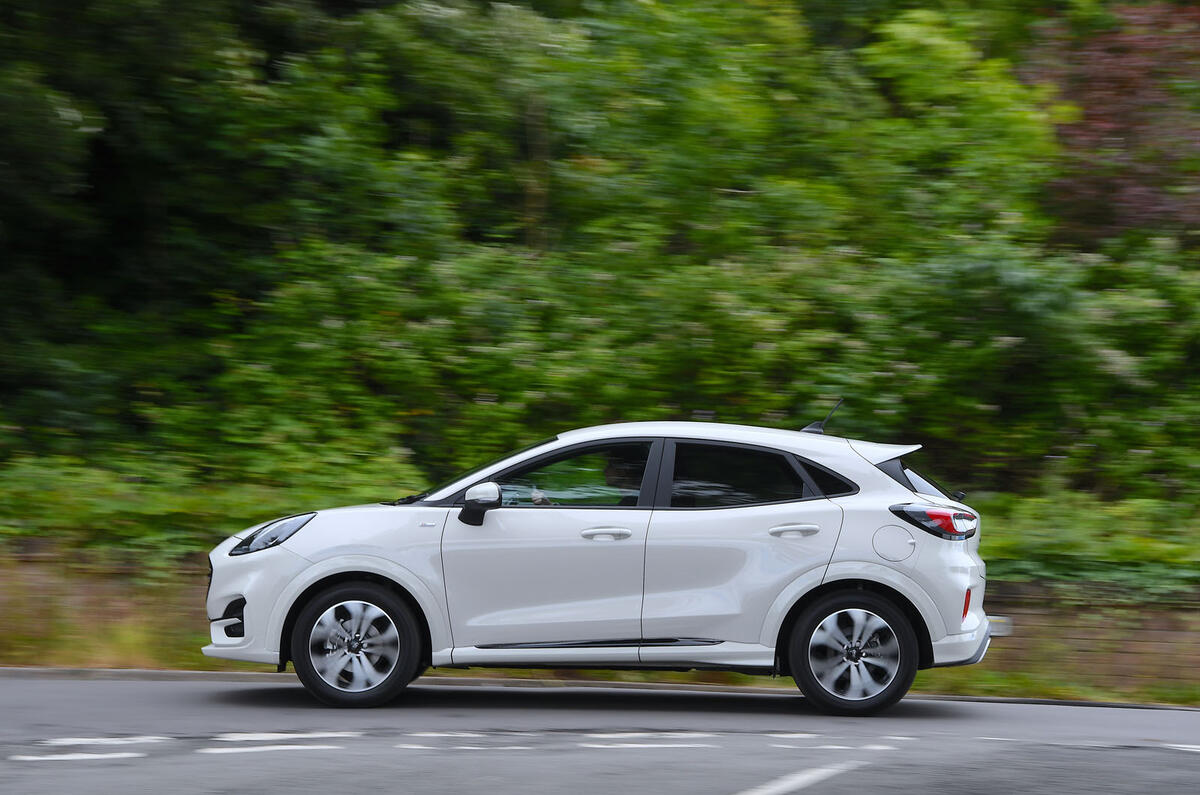
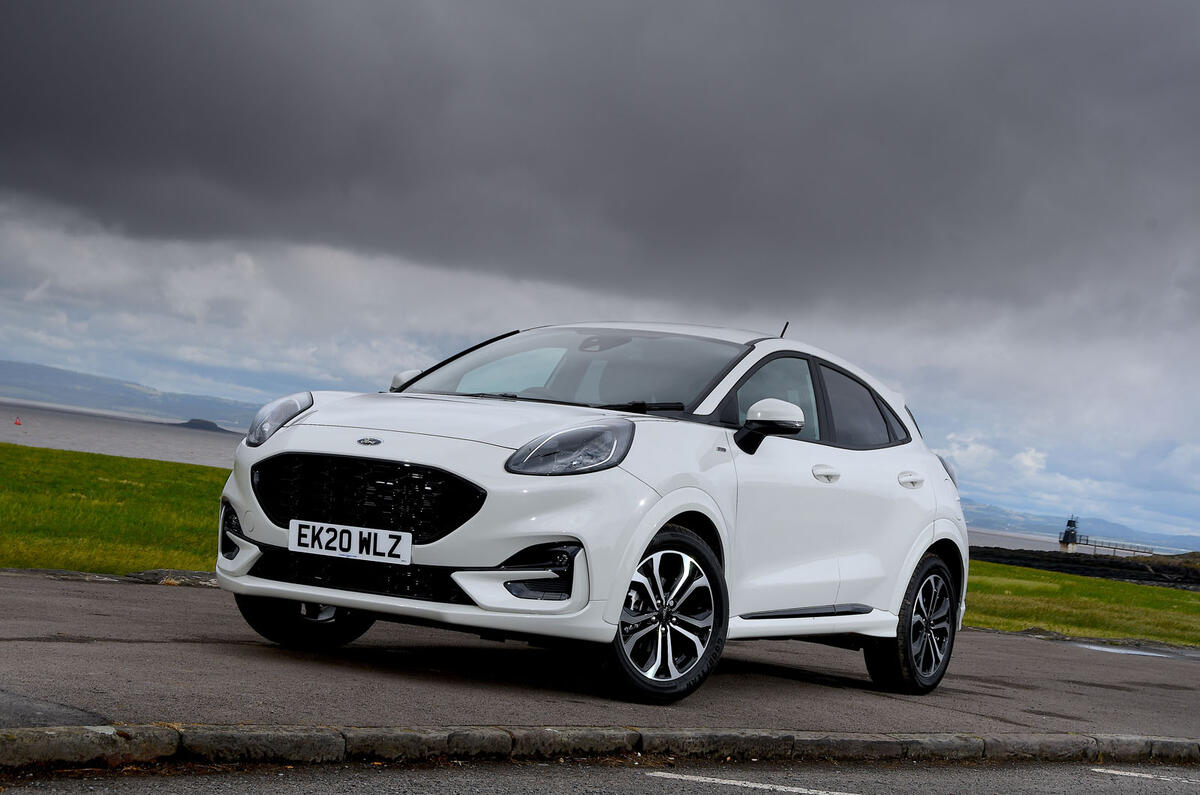
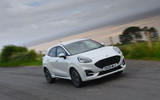

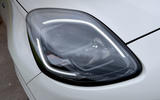

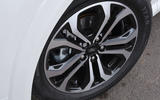
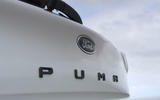
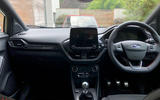

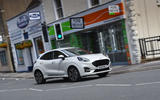
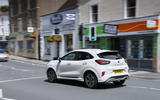
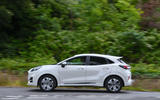
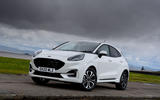



















Join the debate
Add your comment
"I hate this car, I think it's rubbish. I'm going to buy something else that's better."Please do. Then delete your pointless comment.
I have to say that although I think Ford have done a clever job with the Puma I too share the misgivings expressed by others in the power unit. I just think a little 3 cyl 1 litre engine, however well tuned, is not going to deliver the torque and refinement of a 4 pot. Above all I would worry about the reliability and wear issues that have plagued the same engine in the Fiesta. I am much more a fan on the 4 cyl 2.0 litre block that BMW put in the MINI Cooper S.
As auto car think the mega box is such a revelation how about this. Remove spare wheel, put cardboard box in its place, pat yourself on the back you now have a mega box. Now where will I put the spare wheel.